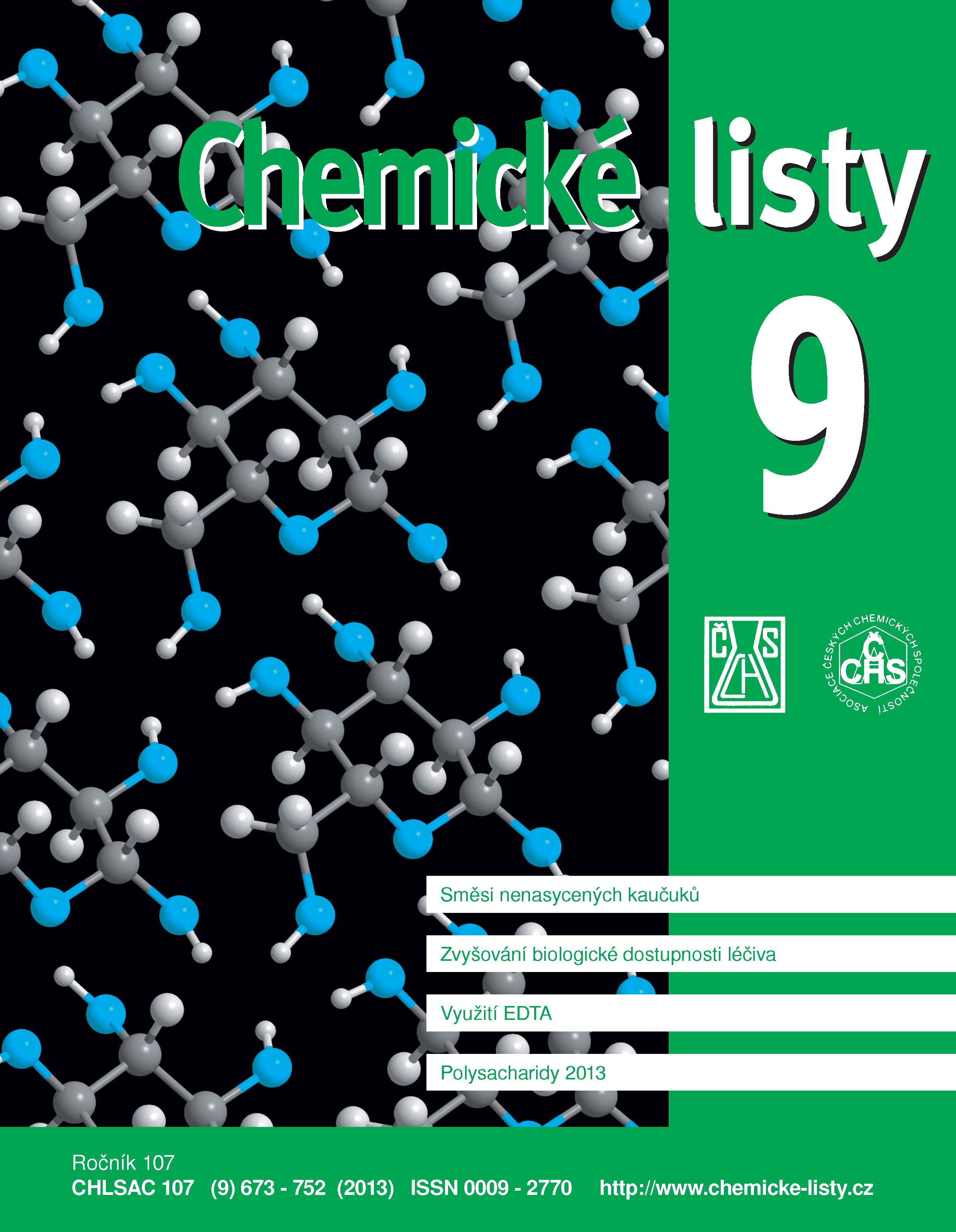Liquid-Solid Systems as a Modern Trend for Increasing Drug Bioavailability
Keywords:
bioavailability, accelerated release, liquid drug, liquid-solid phase systems, liquisolid systemsAbstract
Modern drugs with low bioavailability (such as hypolipidemics, anti-inflammatory drugs, diuretics) present, due to their poor water solubility a significant problem in the formulation of solid dosage forms intended for systemic absorption of the active substance. Several methods have been described for improving solubility and hence bioavailability of the mentioned drugs. One of the most promising techniques is the incorporation of active substance in liquid-solid systems. The systems are based on the conversion of a liquid drug to a free-flowing compressible dry powder, by sorption on suitable excipients – porous carriers (alumsilicates, microcrystalline cellulose), coated subsequently with a material of high absorption capacity (SiO2). Liquid-solid systems exhibit some advantages including low production costs, simple processing and enhanced drug release. The main benefit is high bioavailability of the liquid drug, caused by the large surface area available for absorption without previous dissolution of active substance. The review clarifies specific aspects associated with the formulation of liquid-solid systems – excipients and their properties (surface area, adsorption capacity), methods of preparation, process variables (solubility, liquid loading) and evaluation of the dosage form.





